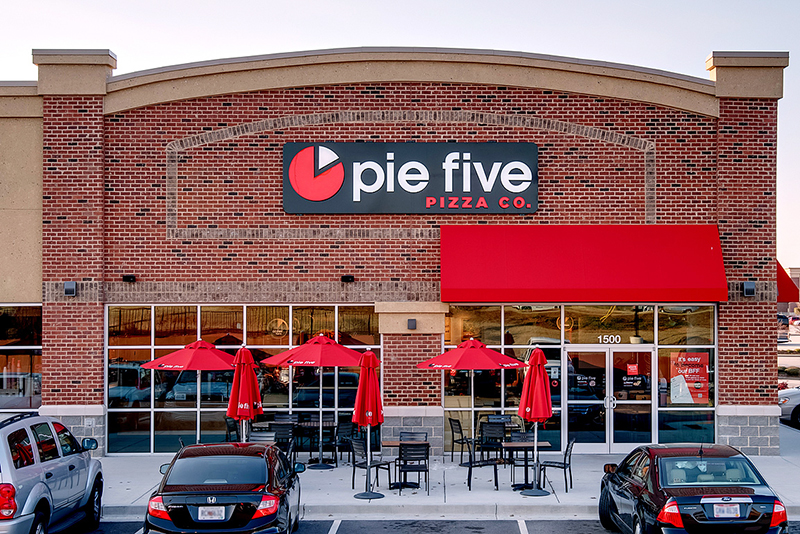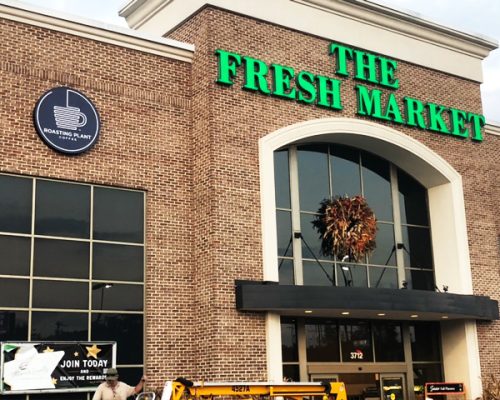Awnings: Bearing The Weight
October 30, 2020

There is much to consider before upgrading your storefront with a beautiful awning. Awnings are permanent structures that carry weight or loads that most people have never considered. There are two basic types of loads awnings need to withstand: dead and live loads.
DEAD VS LIVE LOADS
A dead load is the weight of the actual structure including all hardware and materials. On the other hand, live loads refer to a moving or temporary weight imposed on a structure. They are major factors in your awning design. Let’s focus on three types of live loads: wind, snow and ponding.
Wind
Awnings endure the brunt of all wind being subject to uplift, gusts, downforce and more. Strong gusts can batter your awning from ripping fabric to loosening anchors, and it all differs depending on your region. Areas along the coast will need to consider hurricanes and tropical storms while the Midwest deals with tornadoes.
Snow

Snow-loads accumulate directly from the sky or drifts from the wind. Snow buildup correlates directly with the pitch or slope of an awning. The flatter an awning is, the greater the snow build up. Snow will slide off high-pitched awnings while flat awnings will need to be cleaned off after heavy snowfall. This is the responsibility of the business.
Ponding
Ponding is when rain or melted snow collects on the awning fabric and causes sag. In extreme circumstances, ponding can cause tears in the fabric depending on its age.
Before getting overwhelmed, know that Egan Sign has a skilled and experienced team to help you and your awnings. We’ve got you covered while taking the load off your shoulders.




